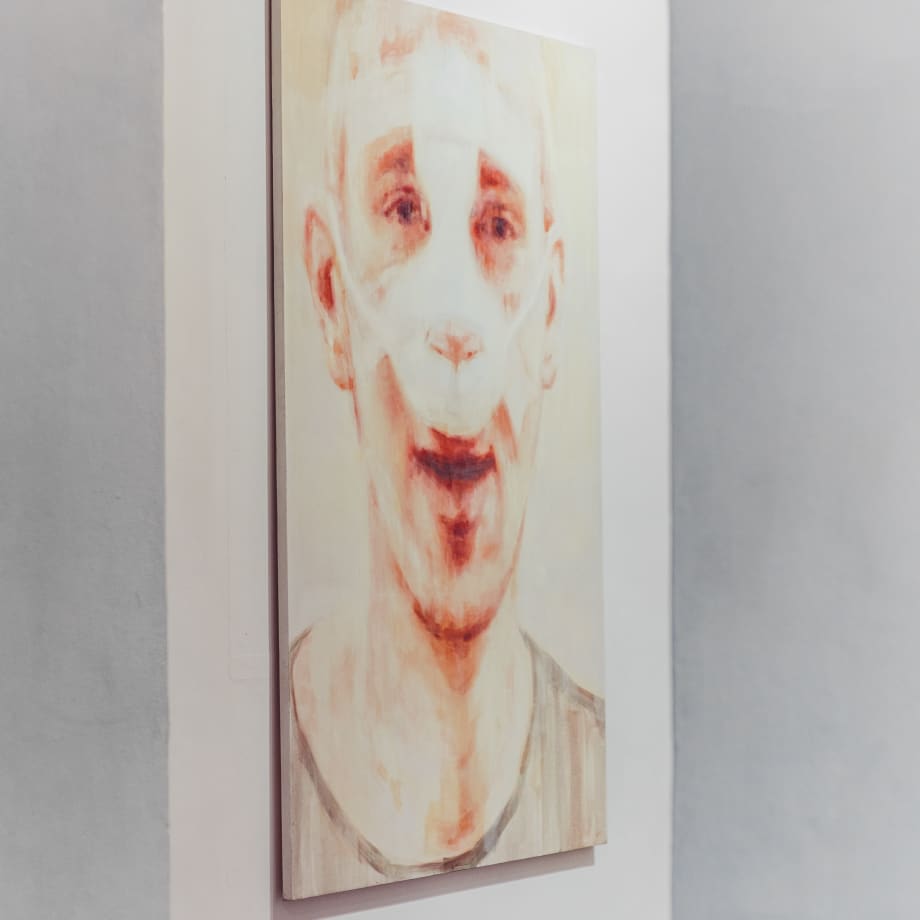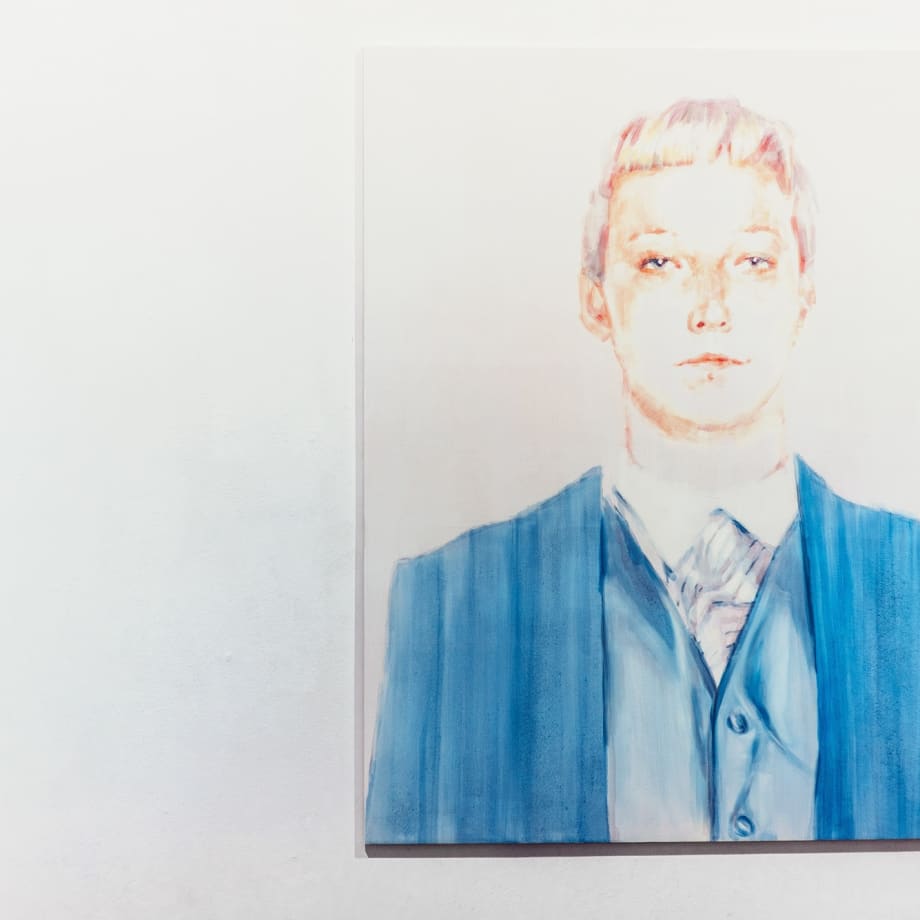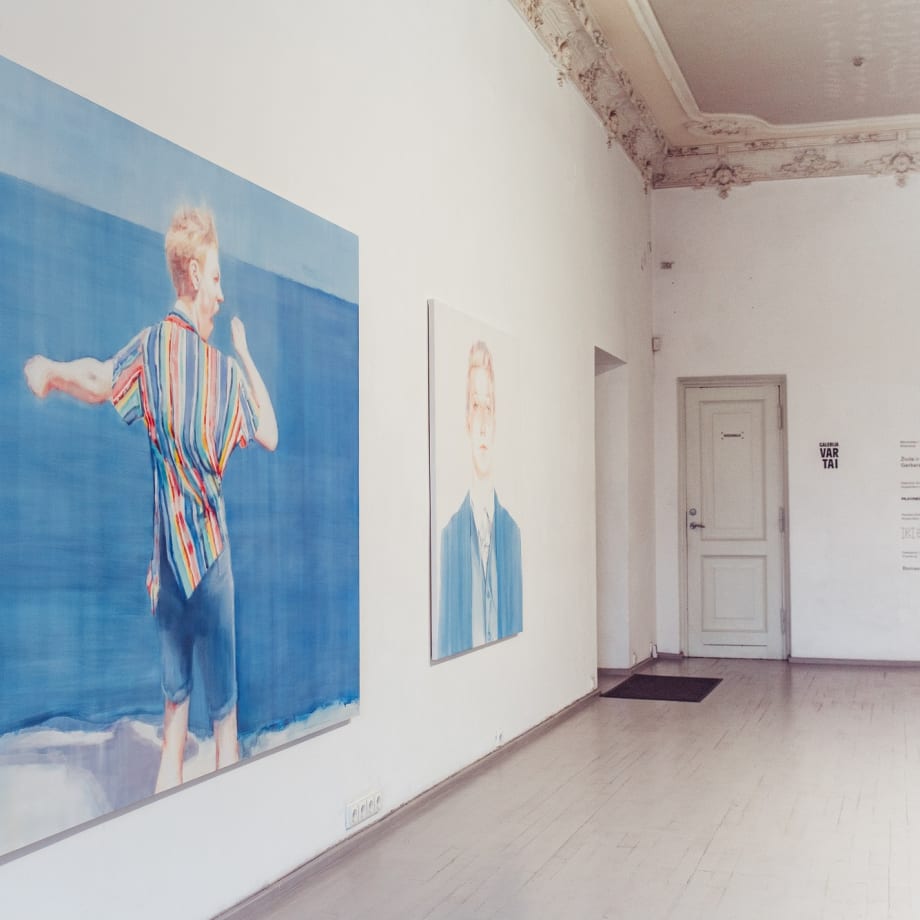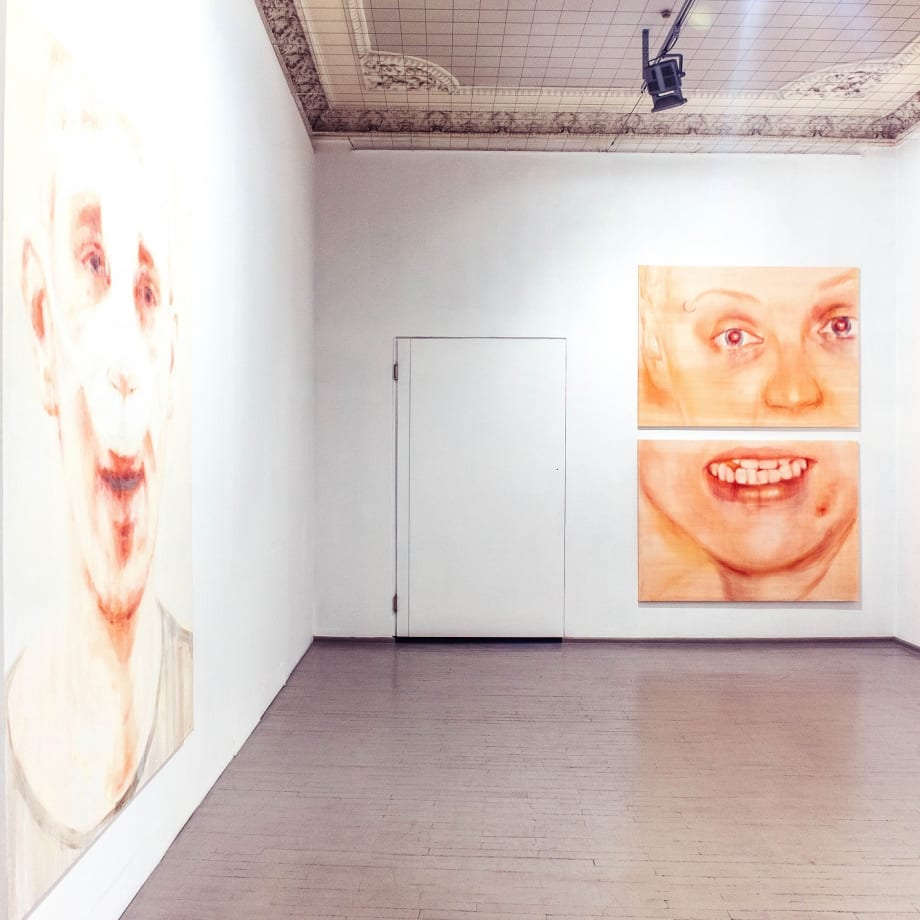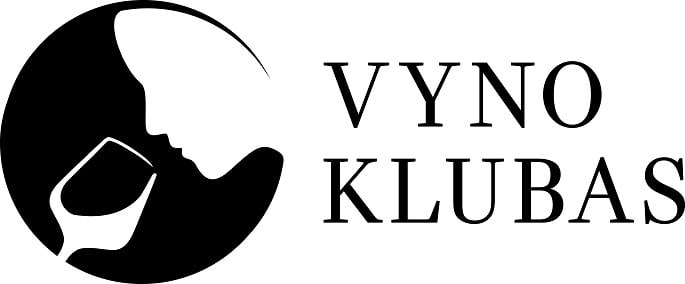Donata Minderytė: "Translation Error"
Vartai gallery is pleased to present the exhibition “Translation Error” / “Vaizdinis vertimas” by a painter of the young generation Donata Minderytė. The error in translation evident in the bilingual title of the show points to the artist‘s exploration of visual translation.
Minderytė’s show features a series of recent works created during 2019. While consistently developing the themes she has explored in the earlier stages of her creative work, the painter reflects on the relations between lived experiences, their memories, and the media used to express them - first in photography and, later, in painting. By invoking the concept of visual translation, Minderytė analyses the semantic shifts of an image and the fluctuations in their meaning. In rethinking the function of an image in painting, the artist looks for new details of significance. As she herself puts it: ‘Not everything is as it appears, and not everything appears as it is.’
Maecenas
Živilė and Jonas Garbaravičius
Patron
Renata and Rolandas Valiūnas
Exhibition supported by
Lithuanian council for culture, Ministry of Culture of the Republic of Lithuania, Vilnius city municipality
Gallery supported by
„Plieno spektras“, VšĮ „Meno fondas“, Vilma Dagilienė, Romas Kinka, „Clear Channel“, „Lietuvos rytas“, „Ekskomisarų biuras“
Thank you
„Rokiškio sūris“
Graphic design
Laura Grigaliūnaitė
Vartai gallery is pleased to present the exhibition “Translation Error” / “Vaizdinis vertimas” by a painter of the young generation Donata Minderytė. The error in translation evident in the bilingual title of the show points to the artist‘s exploration of visual translation.
A word in one language does not always have a direct equivalent in the language it is being translated into and not infrequently the word may have more than one meaning or simply no equivalent at all. In analysing images in different media, Minderytė has noticed a similar phenomenon. In her work, Minderytė focuses on what language translation tries to avoid - namely, a distancing from the original and the blurring of meaning, and a chance in the visual message itself. In invoking the falsehood of the image as a medium and lapses in memory, Minderytė explores what appears and disappears in the message conveyed by the image.
Minderytė’s show features a series of recent works created during 2019. While consistently developing the themes she has explored in the earlier stages of her creative work, the painter reflects on the relations between lived experiences, their memories, and the media used to express them - first in photography and, later, in painting. By invoking the concept of visual translation, Minderytė analyses the semantic shifts of an image and the fluctuations in their meaning. In rethinking the function of an image in painting, the artist looks for new details of significance. As she herself puts it: ‘Not everything is as it appears, and not everything appears as it is.’
Minderytė often employs video stills and photographs for her painting work. However she focuses on what appears antithetical to high quality photography—she chooses images which, instead of accurately representing the moments that passed, bring out the falsities in photography as a medium because, not unlike a bad translation that alters meaning, these captured images distort, contradict and mismatch the memories they are supposed to represent. In her paintings Minderytė captures fading, broken fragments of past time at a remove from their originals - fragments changed in the way they are by the flow of time and what at first glance appear to be objective video and photo media. She focuses specifically on the blurring of the original meaning and the change in the message of the captured image, while expressing the fluctuations of a memory in her paintings by means of modifications in a moment of paused time.
Even though the artist uses images from her own personal archive , during her creative process she edits and fragments them until they end up being depersonalised, offering solutions – of colour-tone relationships, colour codes and composition - in the construction of a plastic image, rather than conveying a specific narrative. Even though this visual translations creates a distance between a personal experience and its concreteness, it is the case that an equivalent of that experience, even if expressed through a different language, still remains: the recognisable fragments of human figures and portraits, as well as the names of the paintings, testify to that. Although Minderytė’s work can be considered autobiographical, her paintings, rather than representing specific events, raise much wider questions of the conditionality of reality. Through temporal distancing, exchanges between media, and translation error, the artist’s personal memories, like the ones portrayed in her paintings, are eventually transformed into a generalised substitute for the past tense.
By analysing the genesis of painting and its close relation with the media of photography and video, Minderytė also rethinks the authenticity and relevance of painting as a medium. This kind of creative process - from the technologies involved in canvas preparation that determine the capability of the material being used to digital image processing - is relatively slow and does not fit in with today’s notions of fast production and fast consumption, raises questions about the value of painting as an object, action, or way of thinking on the contemporary art scene and in a commercial context.
Author of the text
Eglė Ulčickaitė


